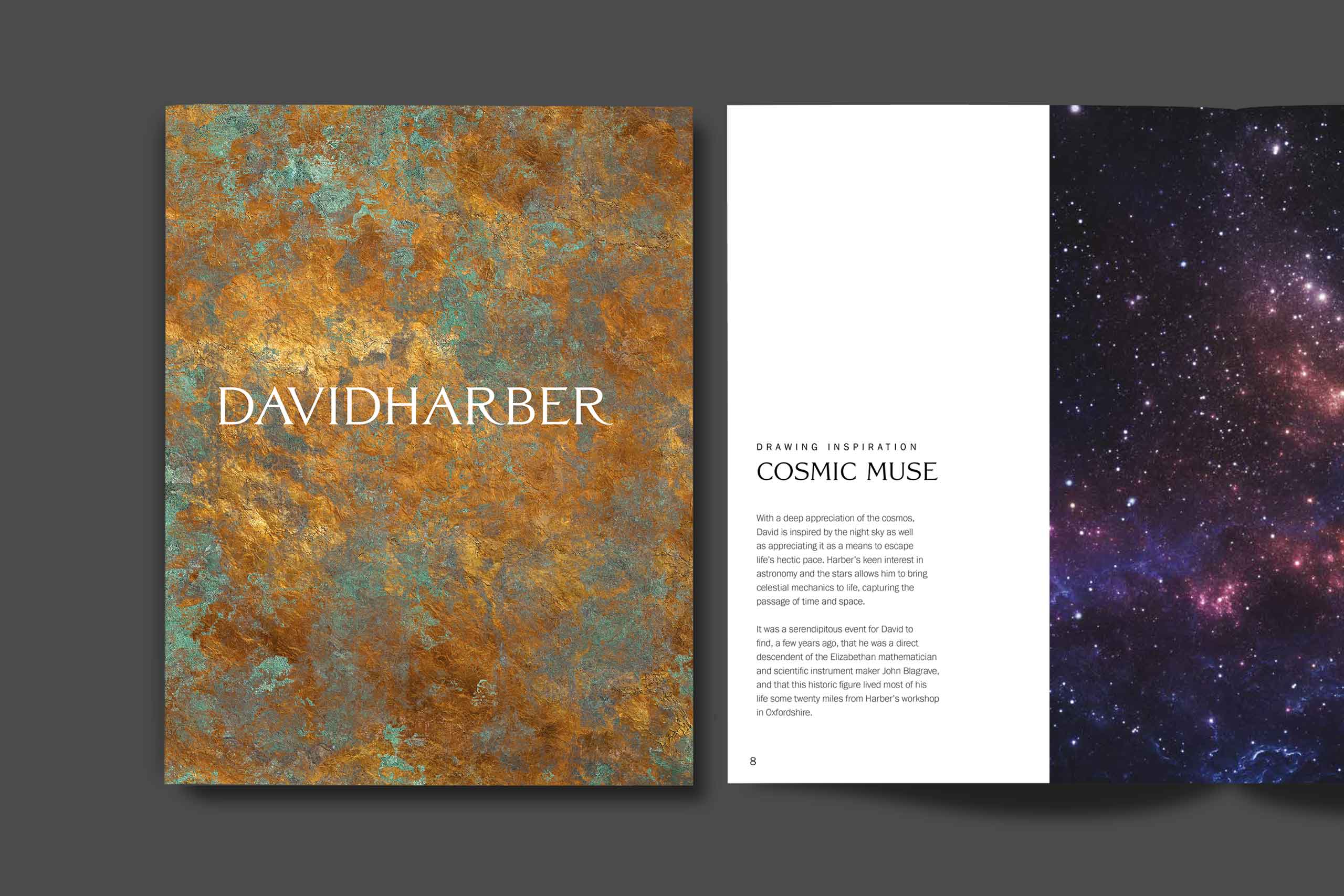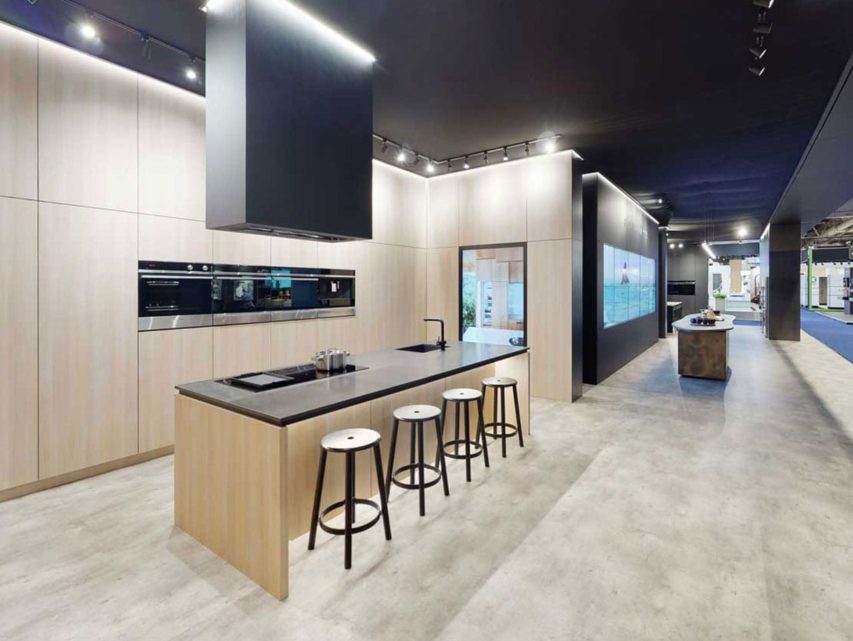Manifesto, Ethos and Story
In traditional marketing, the brand is defined by its positioning, but with high-end and luxury we shouldn’t talk about positioning but ethos and story.
Traditional marketing
In traditional marketing, the brand is defined by its positioning: it aims to be the brand that offers the greatest promise or benefit to a certain type of person in relation to certain competitors. The positioning is the cornerstone of any such brand management programme. This is also is applicable to many premium brands.
High-end & Luxury
However in luxury we shouldn’t talk about positioning. As the luxury brand cultivates its uniqueness; it prefers to be faithful to an identity rather than constantly worrying about its superiority over its competitors. Its not looking to compare itself – just like an artist. Imagine Renoir or Degas constantly looking over their shoulder comparing themselves to their contemporaries. Each paints in their own way, according to their personal touch, running with ethos.
While the creator is at the helm, they are the benchmark, the source of their creations mark their style and taste.
Coherance
For this to happen, this can ony be built through coherence. To acheive this you must know who you are and stick to it. While the creator is at the helm, they are the benchmark, the source of their creations mark their style and taste. When the creative person is gone, it is necessary to codify the brand to make it last through time. This identity is built upon its roots, its heritage, its values, its imagination and dreams. But more than anything else the luxury brand is about the epic tale, carried by its stories: storytelling is its mode of expression.
There are few industries that pride themselves with a dream, imagination, history and heritage like luxury.
Examples:
- David Harber’s ethos
- Staffan Tollgärd’s ethos

David Harber’s Ethos
The work we undertook with David Harber looked to elevate the man from a company that was known as the maker of sundials and garden sculpture, to that of an artist.
An artist who work was not bound by scale or material, who could change the essence of a place, rather than be known for a catalogue of products.
It was important to celebrate and understand what makes David Harber tick, what inspires than the man, discover his muse and his passions.
A journalist was commissioned to spend a day with David, getting to know him, observing his day in the studio. Interviews with the founder and a hand-drawn portrait attempted to capture David in a new light.
The culmination of this work was the ‘Ethos’ brochure.


David Harber creates beguiling interactions between light, reflection and illusion
Staffan Tollgärd’s Ethos
His clients have chosen to live in a particular place, in a particular kind of architecture and in a very personal way. They have probably travelled and brought back important memories of times and places with them. Staffan and the team want to bring these together to tell a simplified, single story that binds environment, architecture, function and character. For the Tollgärd Group its important to tell one story; to choose from the many clues and influences the single, important strand that can run through a design. This thinking has crystallised his design ethos: the search for the Scandinavian notion of the distinctive ‘Red Thread’.
For more on their Red Thread thoughts View our work for JAB Anstoetz & Staffan Tollgärd ⟶
It’s a trail of breadcrumbs scattered through a piece of creative work that constantly reminds you what’s important or relevant about a particular piece of work.


The Red Thread Collection
JAB Fabrics Marketing Literature
Ethos and story
Today, greater cultural influence comes from companies who do not belong to traditional luxury. Unburdened with the way that the business is done, they look at storytelling with the fresh eyes of the modern luxury consumer.
Modern high-end interiors brands can succeed, just like the luxury houses of old, if they build their business on the cultural language of and direct relationship with their customer. They use their ethos and relevant stories to successfully compete in their marketplace, summoning up the spirit and passion of their founders to turn them into modern culture. Modern taste-aware audiences consume a strong point of view, convincing beliefs and compelling values. If they fall in love with your high-end interior brand in the process, all the better.
Storytelling
Once digital media liberated storytelling from the confines of video and print, the luxury industry should rush to seduce customers with its rich tales. Archives should be opened, books should be dusted and dreams unleashed. Luxury brands should finally have the opportunity to weave the fabric of their fables in an interactive, immersive and compelling way, across all customer touchpoints. They should participate in a larger cultural conversation and provide their audiences with references, inspiration and lifestyle ammunition unmatched by any other industry.
Content strategy is not your brand story. It cannot replace the ethos and the defining point of view of your brand. Luxury brands were by default created by founders with vision, spirit and passion that attracted their first audiences and made them fall in love. Early luxury houses were arbiters of taste that worked with taste-savvy connoisseurs of culture who came to ateliers for the lush vibe and the stories as much as they did for the goods.
Subscribe to our periodic updates if you are interested in or manage an architect, interior, or property brand.
NEWSLETTER SIGN-UP
Get in touch
Find out how we articulate and amplify you brand story for your interior, furniture or property brand. Give us a call or get in touch.




